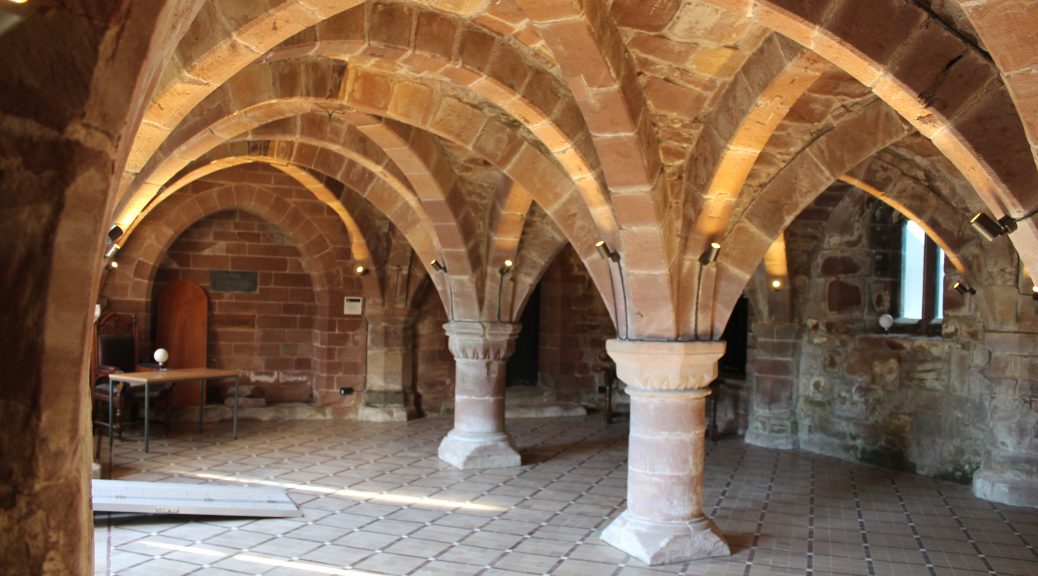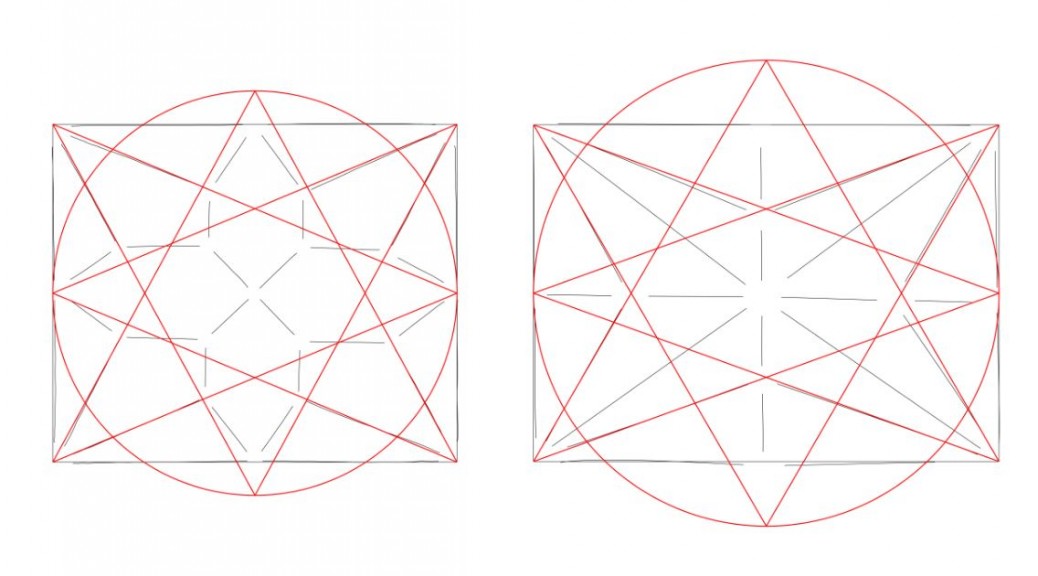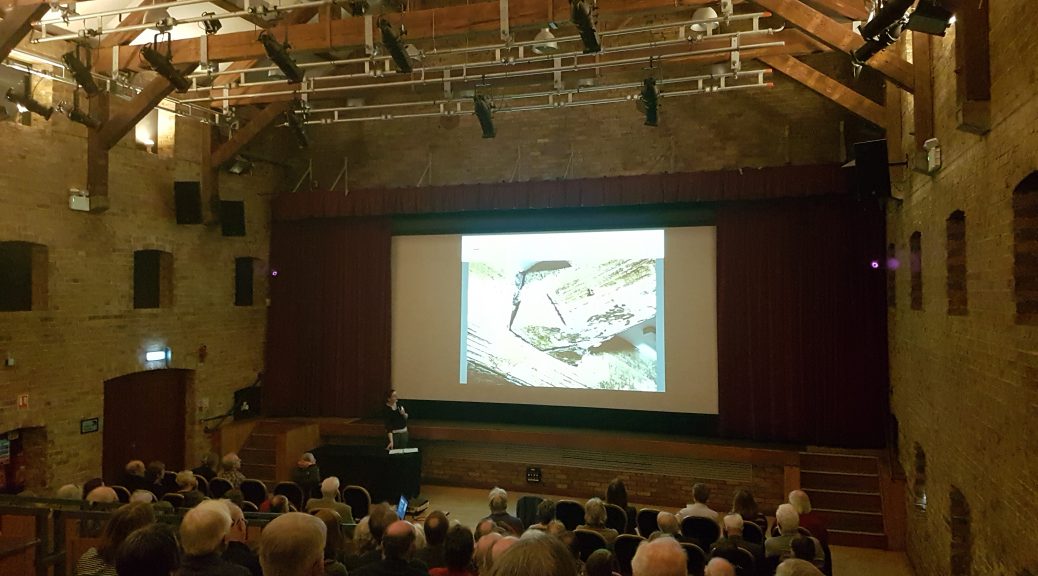Before the start of the teaching year, we just managed to fit in a day’s scanning at Norton Priory, the site of a ruined Augustinian priory near Runcorn in Cheshire. The vaults in the undercroft here are earlier than most of those we’ve scanned before (other than the eleventh-century crypt at Gloucester Cathedral) and offer an instructive example of the so-called late Romanesque and ’Transitional’ styles of the twelfth century, in which both round and pointed arches, groin and rib vaults could be used as appropriate to the situation.
Some of the groin vaults look to have been built (or rebuilt) in the nineteenth century when the site was part of a Victorian mansion, adding to our data on revival approaches to vaulting. Here, instead of the groins being created by a herringbone junction of stones, individual blocks are shaped to face in two directions, suggesting the use of stereometric methods unknown in the middle ages. In the original vaults, visual analysis suggests that many of the webs and arches have settled, pushing the side walls off from vertical and presenting a new challenge for us in terms of analysis: how can we ascertain their original, or intended, form?
Settlement is sometimes associated with poor construction, but although the vaulted area is the west range of the cloister, a service area usually used for storage, some of the sculpted capitals and bases are of high quality. The early Gothic passage into the cloister even offers a jaunty syncopation of rib profiles: in one direction filleted, in the other keeled, showing the masons’ love of variety. These vaults were taken down at a later period, giving us the exciting challenge of identifying their original form from the surviving springing stones. There is also an interesting series of masons’ marks, which we hope to document on a later visit.
As well as the intrinsic interest of the vaults, we are excited to be working with Norton Priory because of its impressive new visitor facilities (opened in 2016) and proactive approach to outreach. The curators have already used digital methods, including scanning their magnificent fourteenth-century statue of St Christopher to enable visualisation of his original colouring (as well as helping him to come to life with the aid of the booming voice of Brian Blessed!). We hope that our scans can be used for future interpretation work, such as enabling walk-throughs and visualisation of how the the buildings might have looked and been used at different times in their history.
We also hope to work with the curators in presenting our research to the public via talks and possibly an exhibition, and developing resources for use by teachers and schools. The geometric methods that our research has revealed were used by medieval masons offer a very visual approach to STEM (science, technology, engineering and mathematics) subjects, even for students who lack confidence with numbers.
We are therefore very grateful to Arts Council England and Paul Sapple of the Knowledge Exchange team at the University of Liverpool for introducing us to Norton Priory and for facilitating the initiation of our work there.


